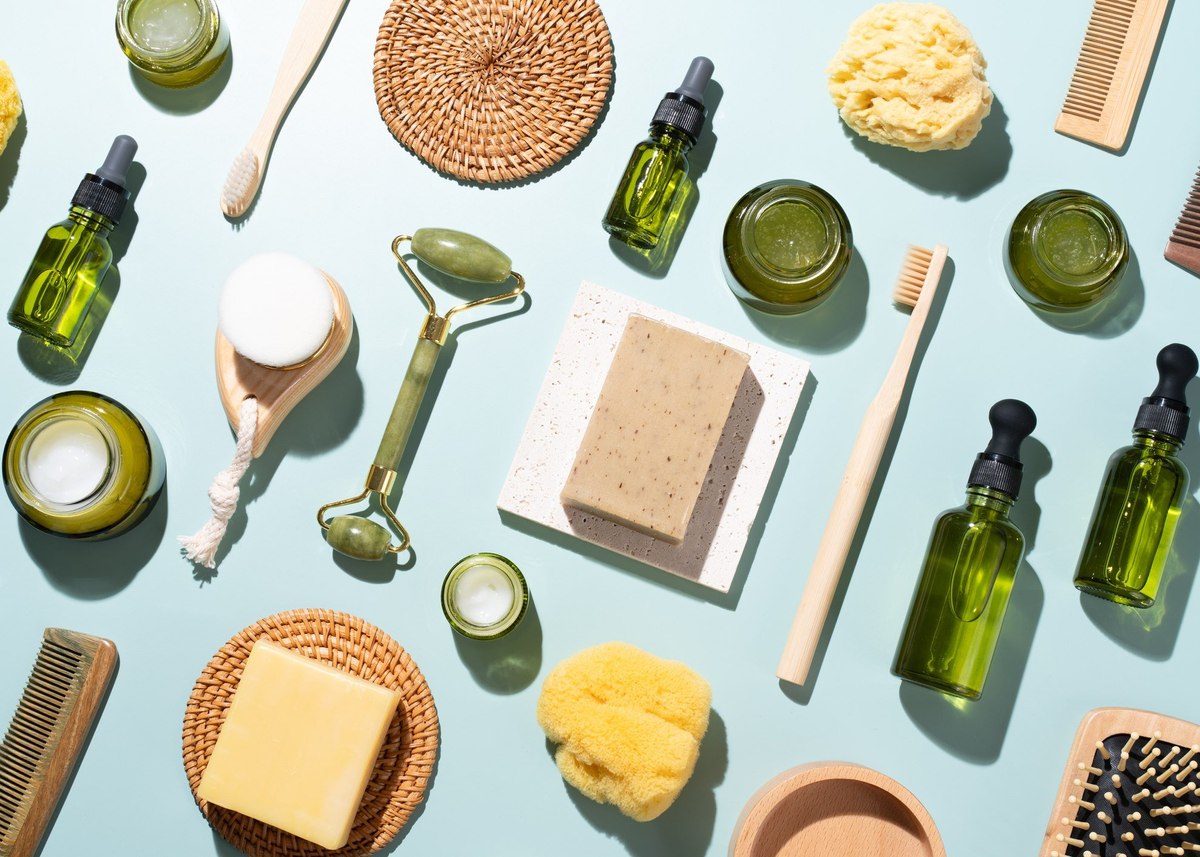Estée Lauder, Lancôme, and L’Oréal Paris are legacy beauty brands with strong name recognition — but how are they performing with today’s US consumers? Using data from YouGov BrandIndex and YouGov Profiles, we look at who their customers are, how they shop, and how likely they are to move from awareness to purchase. The findings show how each brand connects with current audiences.
Estée Lauder skews older; Lancôme and L’Oréal capture more millennials
Among Estée Lauder’s US customers, Baby Boomers account for 41% — a significantly higher share than L’Oréal (27%). Meanwhile, Millennials and Gen Z represent a total of 32% of Estée Lauder’s base.
In contrast, Lancôme and L’Oréal have greater penetration among younger consumers. Millennials make up 32% of both brands' customer bases. L’Oréal also over indexes Gen Z with 17%.
Gender differences are narrow, but each brand has a significant share of male customers. Women make up the vast majority of each brand's customer base. Estée Lauder’s customers are 86% female, followed by L’Oréal at 83% and Lancôme at 80%. However, Lancôme stands out for having the largest share of male customers (20%), compared to 14% for Estée Lauder and 17% for L’Oréal.
Lancôme attracts more middle-income buyers
Middle-income consumers make up the largest segment of Lancôme’s base at 48%, compared to 38% for both Estée Lauder and L’Oréal. In contrast, Estée Lauder has the smallest proportion of high-income customers, with only 6% coming from households earning more than 200% of the median income. L’Oréal leads in this category with 9%.
For lower-income consumers, L’Oréal stands out with 41% of its customer base in this bracket, compared to 37% for Estée Lauder and 25% for Lancôme.
Behavioral data shows that Lancôme customers are more likely to wear makeup regularly. Just over one-third (34%) of Lancôme customers report wearing makeup most days, compared to 30% for L’Oréal and 29% for Estée Lauder.
Spending patterns show Lancôme dominates the mid-range, while Estée Lauder has a loyal base of higher spenders.
Roughly a fifth of both Lancôme (20%) and Estée Lauder (19%) consumers spend between $50 and $99 on cosmetics in the past three months, while 18% each of L’Oréal customers have spent under $25 and between $26-49.
Analyzing the purchase funnel conversion of these beauty brands in the US
The purchase funnel outlines how consumers move from being aware of a brand to considering it and, ultimately, intending to make a purchase. Using data from YouGov BrandIndex, which tracks key brand health metrics daily, we explore how successful Estée Lauder, L'Oréal Paris, and Lancôme are at converting awareness into actual purchases.
Stage 1: Awareness
At the top of the purchase funnel is Awareness, a measure of if consumers have ever heard of a brand. As you’d expect, all three brands have high rates of Awareness among US adults with Estée Lauder at 73%, L'Oréal Paris at 77%, and Lancôme at 60%.
Stage 2: Consideration
When it comes to the brands US consumers would consider purchasing the next time they’re in market for a beauty product, roughly 19.3% would consider L'Oréal Paris and the brand converts at a rate of 25% between Awareness and Consideration.
Estée Lauder and Lancôme are neck-and-neck with a 10.8% and 10.2% Consideration score respectively.
Their conversion rates from Awareness to Consideration are similar with Estée Lauder at 15% and Lancôme 17%, indicating that these two brands are effective at converting consumers into considerers.
Stage 3: Purchase Intent
The Purchase Intent stage shows the brands consumers would be most likely to buy, and L'Oréal Paris (4.7%) earns the highest Purchase intent score, with a conversion rate of 49%.
Estée Lauder and Lancôme earn a Purchase Intent score of 1.9% and 1.6%. and convert at 18% and 16%, respectively, from the Consideration stage.
Image: Getty Images
